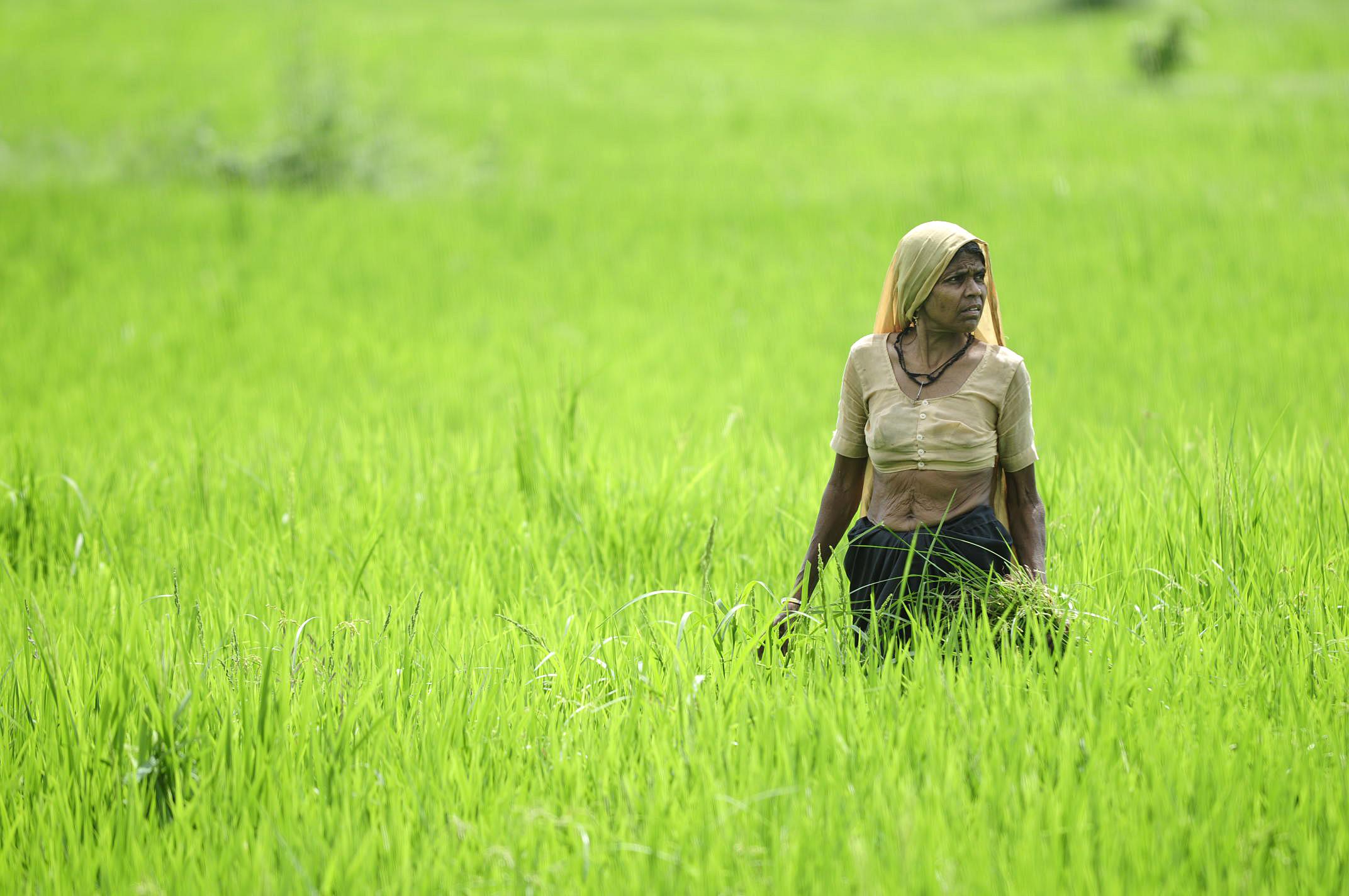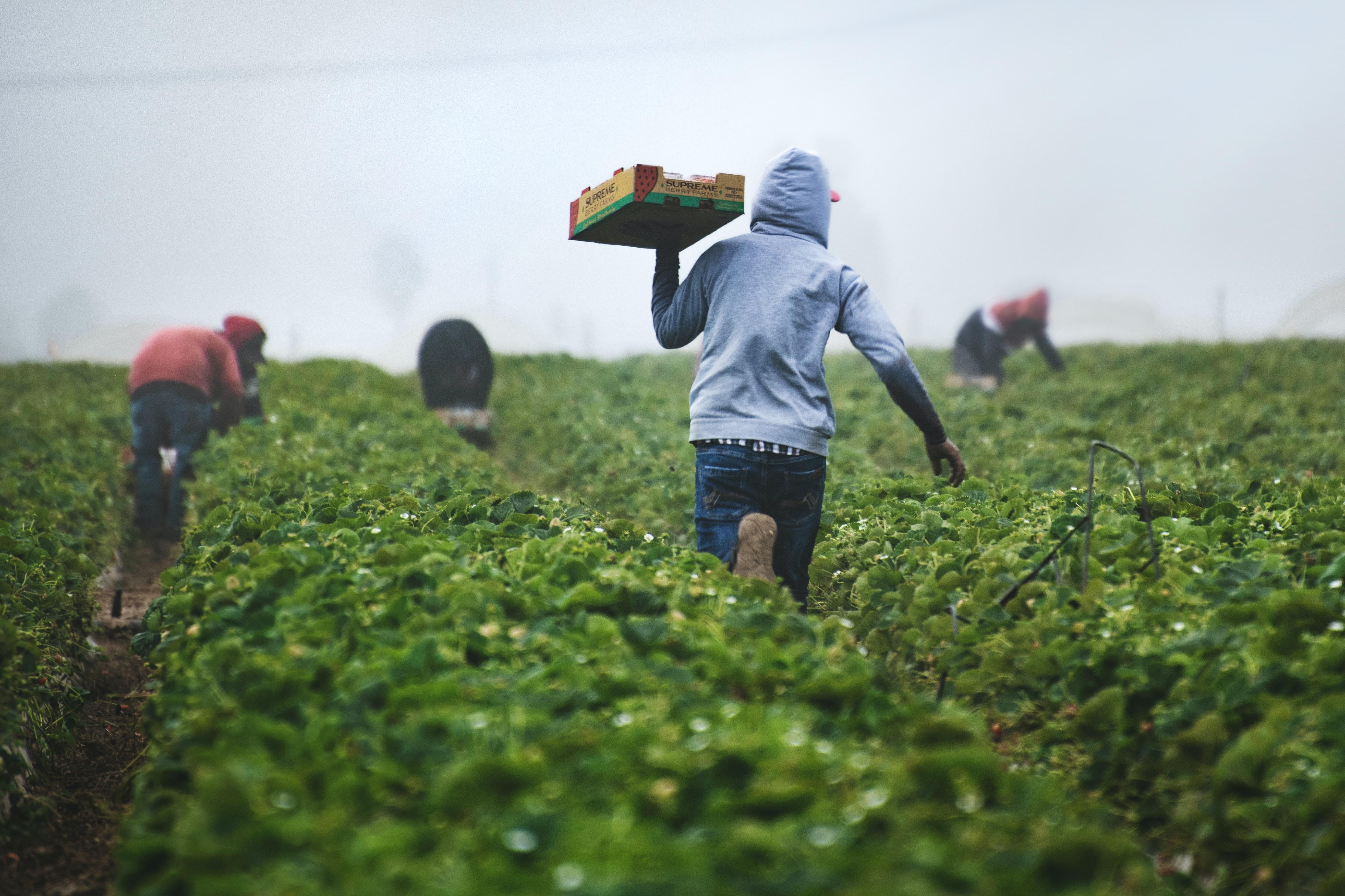Even before “sustainability” entered the development discourse, the Millennium Development Goals (MDGs) sought to advance gender equality. A 2015 review by the International Council for Science (ICSU) noted, however, that the MDGs failed to provide an adequate framework for advancing gender equality. This was among the critiques on the minds of practitioners who re-imagined the MDGs as the Sustainable Development Goals (SDGs), a reboot of the MDGs, which sought to align the goals of international development projects with the urgent need to prevent, mitigate, and plan for the impacts of climate change. Although the SDG Gender Equality Targets build on some of the earlier MDG targets by addressing more root causes of women and girls' inequality, the ICSU pointed out that the targets still lack crucial elements, such as:
- any reference to women’s engagement in wage work such as achieving full and productive employment of women, equal pay for work of equal value, reduction of discrimination in labour markets;
- the need for equal access to education, the elimination of gender disparities in education;
- and women and children’s mental and physical health beyond that of reproduction." (ICSU, 2015).
 |
|
A woman works in the rice field during harvest season, Baroda, Gujarat.
Credit: American Center Mumbai, Soumik Kar #
|
The report points out linkages between the gender equality targets within other SDG targets and notes the importance of monitoring these linkages throughout project implementation. It also recommends that all other SDGs recognize gendered inequalities in their implementations. To achieve this, data must be gender disaggregated, and must make sense at local scales so that intra-household level factors can be assessed, and in turn appropriate tools can be developed and made available to serve this function.
The Women’s Empowerment in Agriculture Index (WEAI) is one of several such tools being used to track the pursuit of the Gender Equality Targets of the Sustainable Development Goals (SDGs) and address some of these issues. The index attempts to quantitatively capture multiple dimensions of women’s empowerment at the household level. In order to do this it is composed of two sub-indices: The Empowerment Index and the Gender Parity Index.
Based on household level survey data, the empowerment index measures an individual’s engagement in agriculture across five domains (see Table 1), while the Gender Parity Index compares the 5 domain-empowerment scores of women and men within a household. Respondents are given a score for each of the indicators, which are weighted and summed. Individuals are considered empowered if they score over 80 percent, but women are only deemed empowered themselves if they score at least as high as the primary male in their household.
This metric is currently being used in many development contexts around the world, and represents a significant improvement on previous metrics for that attempted to capture women’s empowerment, but – like most metrics - it has some limitations, which its practitioners acknowledge. For example, women in households without a male decision-maker are likely to be labeled empowered due to the measure’s dependence on gender parity. Since it most directly measures decision-making power and is primarily concerned with women’s role in agriculture within their household, empowerment scores must be interpreted cautiously, so as not to over-state individuals’ empowerment beyond the agricultural realm.
 Fortunately, researchers continue to explore ways to refine WEAI’s ability to reflect the nuanced nature of women’s empowerment in agriculture. For instance, Round 1 IMMANA Fellow Cynthia Matare dedicated her project to investigating women’s time use in Zambia, with the aim of developing a validated time allocation survey instrument that can be replicated in other places to generate location-specific questionnaires. Such a tool could be useful in further improving the data collection on the “time allocation” domain of the WEAI model or other metrics used to track women’s empowerment.
Fortunately, researchers continue to explore ways to refine WEAI’s ability to reflect the nuanced nature of women’s empowerment in agriculture. For instance, Round 1 IMMANA Fellow Cynthia Matare dedicated her project to investigating women’s time use in Zambia, with the aim of developing a validated time allocation survey instrument that can be replicated in other places to generate location-specific questionnaires. Such a tool could be useful in further improving the data collection on the “time allocation” domain of the WEAI model or other metrics used to track women’s empowerment.
IMMANA Round 1 Grantee, Sudha Narayanan, is working to develop a complementary index that would aggregate the factors that impact women’s empowerment in nutrition. Using the WEAI tool, her project aims to develop a similarly robust metric that could allow researchers to find out when and why agricultural empowerment translates into improved nutritional outcomes.
The development and refinement of tools like WEAI are an indication of the increasing focus on gender equality within the sustainable development agenda, and we are excited to be a part of the community of researchers moving that work forward. For more information about WEAI’s uses visit the 2016 ANH Academy Week resources page to view the WEAI Learning Lab presentation given last year. Also, check back here soon to hear our recent interview with Hazel Malapit, Research Coordinator at the International Food Policy Research Institute (IFPRI) who coordinates research, training and technical assistance on the implementation of the WEAI.
Caitlin Joseph is the IMMANA Fellowships Communications Assistant, based at the Friedman School of Nutrition Science and Policy, Tufts University






